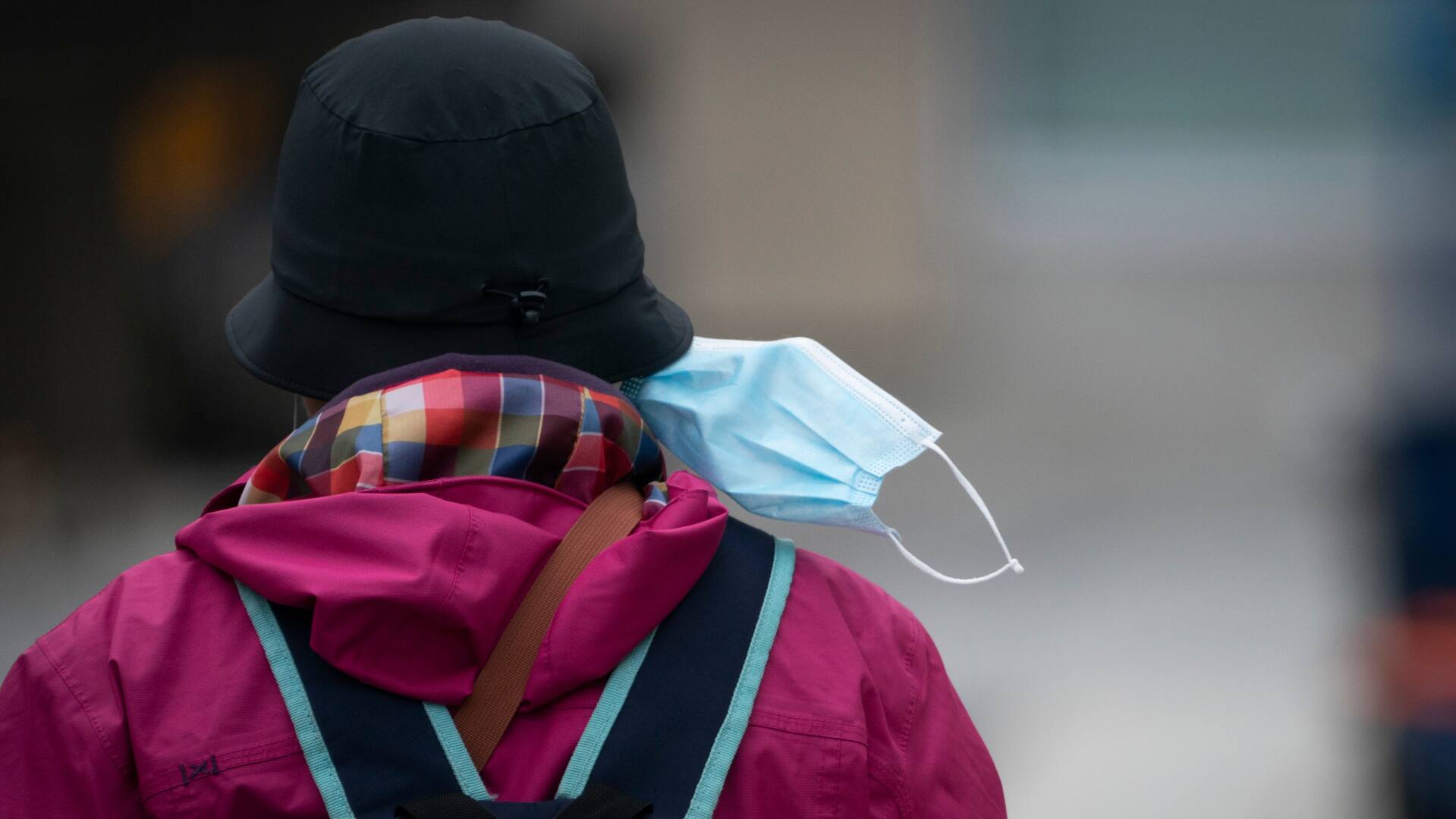Got a cold? It could protect you from other viruses — but only for a bit | CBC News
This is an excerpt from Second Opinion, a weekly analysis of health and medical science news emailed to subscribers. If you haven’t subscribed, you can do that by clicking here.
Infectious disease experts say having one virus like a common cold could keep others at bay, as each bug effectively takes turns over the fall and winter.
Respiratory syncytial virus, or RSV, infections are stabilizing across the country and flu is picking up sharply, according to the Public Health Agency of Canada.
Canadians are mingling and travelling freely again. The mixing of people with each other gives scientists a rare opportunity to watch how the different respiratory pathogens we carry interact after a pandemic.
Until now, most virus research has focused on just a single pathogen at a time, whether in an individual patient or a whole population.
Here’s a look at the early science into why we likely won’t see multiple viruses hitting adults at the same time — and who may be more vulnerable to a double- or triple-whammy.

Virus triggers immune defence
Though the idea of viruses interfering with one another has been discussed since the 1960s, the 2009 H1N1 influenza pandemic gave scientists some further clues about it.
Dr. Guy Boivin, a virologist and professor of pediatrics at Laval University in Quebec City, wrote a commentary earlier this year reviewing the evidence on viral interference — competition between respiratory viruses interfering or blocking each other’s spread.
“It was notable that the [H1N1 flu] pandemic virus emerged in France two to three months after its emergence in the other European countries,” Boivin said. “That was related to a rhinovirus outbreak at that time. This small epidemic of rhinoviruses delayed the pandemic H1N1 virus in France.”
Rhinovirus is a type of a common cold virus.
When it comes to waves of different respiratory infections like COVID, RSV and flu circulating in Canada, Boivin said he expects some overlap. But he also thinks it’s unlikely they will all peak at the same time, because catching one bug can offer short-term protection against other viruses.
Health experts in Canada and the U.S. are recommending people start wearing masks again with a ‘perfect storm’ of respiratory diseases on the rise, a strain on our hospital systems and a shortage of medication. But is that enough to get us to wear masks again? Dr. Susy Hota joins About That with Andrew Chang to take us through it all.
Dr. Ellen Foxman, an immunologist at the Yale School of Medicine in New Haven, Conn., studies antiviral defences at her lab, including how viral interference happens.
“Having one virus activates antiviral defences in your body,” Foxman said. “That can protect against other viruses too, at least for a short span of time.”
Foxman said it’s possible that having one infection makes you less likely to get another at the same time. For instance, if human airway tissues are infected with rhinovirus and then the H1N1 flu is introduced a few days later, the influenza virus won’t grow.
“It was because the defences that the tissue turned on in response to the rhinovirus also protected against the flu,” Foxman said.
She’s currently looking at interference between the virus that causes COVID-19 and other viruses in human airway samples at her lab.
Short-lived protection
Foxman said the lining of our airways take on an antiviral defensive state when they sense an invader.
The guard defence is one of several layers of protection in the immune system. One is called interferon: a family of proteins produced by the body’s immune system in response to an invading viral infection.
As the name implies, interferon interferes with or blocks the ability of a virus to accomplish its raison d’être of making copies of itself.
Instead, interferon summons immune cells to the site of the invasion so they can take up arms against the threat.
But interferon doesn’t stay turned on for long, cautioned Dr. Allison McGeer, an infectious diseases specialist at Sinai Health System in Toronto.
“It’s not an effect with most viruses and it’s not a big effect,” McGeer said.

The opposite can also happen. Some people get double or co-infections — two or more bugs at the same time.
Why that’s the case isn’t well understood and the degree to which it happens is just starting to be explored.
McGeer said co-infections happen “not infrequently” among kids admitted to the hospital.
Baby’s multiple infections at once
Emilie Doré’s six-week-old son, Diego, was one of them. “My mom instincts were telling me that it was a bad cold on a baby who is just too little, too young,” Doré recalled.

Doré was on the lookout for symptoms in the infant after her two-year-old daughter fell sick. First the baby had a little congestion and a cough followed by lethargy and fever.
“I would say the most upsetting and worrying time was when he had to be connected to oxygen because he was having difficulty breathing,” the Montreal mother said.
When he wasn’t getting better, Diego had a lumbar puncture or spinal tap procedure. The tests suggested he had RSV, rhinovirus and enterovirus, another common cold virus, as well as possibly meningitis.
He recovered after four days in hospital and is now eight weeks old.

Virologists say at a population level, other factors, such as human behaviour of different age groups, population immunity, environmental conditions like temperature and humidity and what’s happened during the COVID-19 pandemic also influence the triple threat of viral spread.
Separate waves of each virus may still sicken individuals and increase demand on emergency departments and primary care services at a time they’re struggling with staffing shortages and backlogs.
Dr. Gerald Evans, chair of infectious diseases at Queen’s University and Kingston Health Sciences Centre, said when people in hospital are tested for respiratory infections now, three viruses can appear.
“We are starting to pick up a small signal that people can get infected with both flu and with COVID, and certainly in children we see flu and RSV popping up,” Evans said.
“So the impact of that coinfection we’re still going to have to figure out. We are seeing it. It’s small numbers.”
For all the latest health News Click Here


